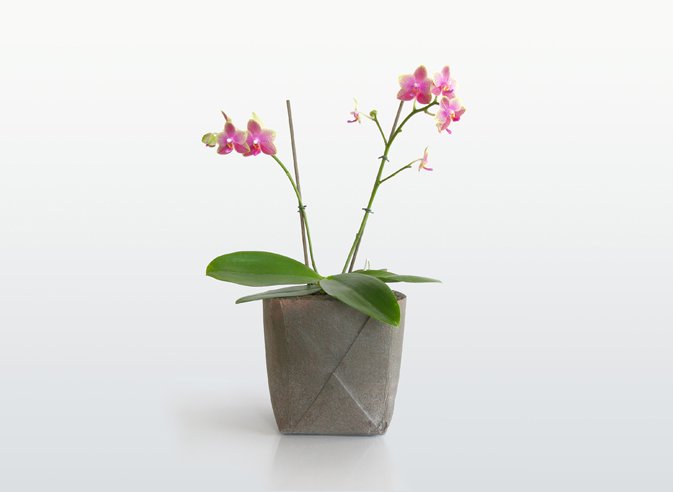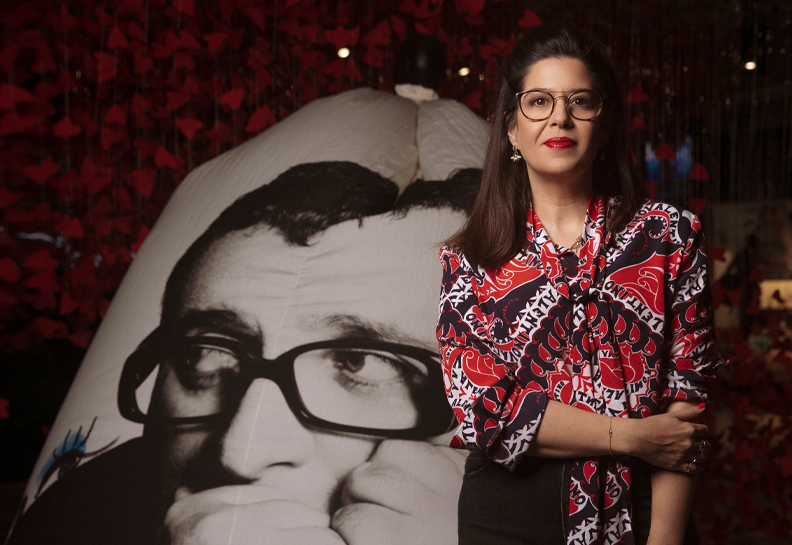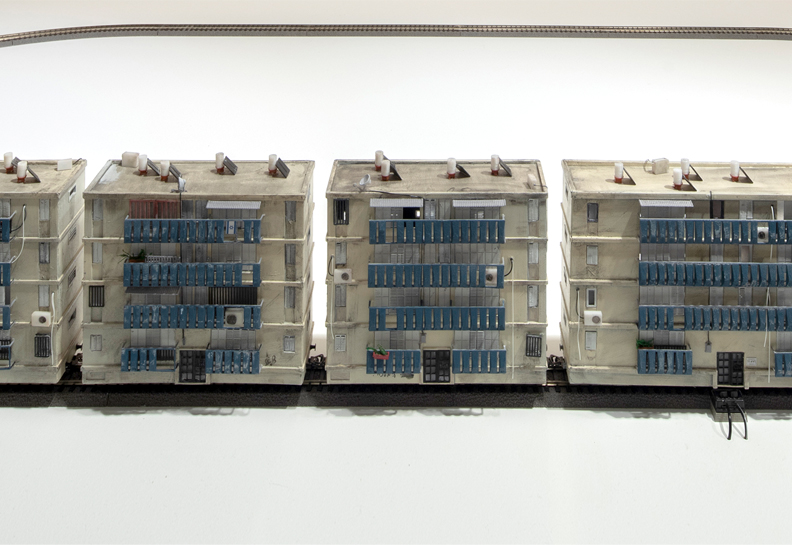Ori Yekutiel reveals that he has a tense relationship with the world of design, but in the meantime he has discovered a new material. Quite by accident.
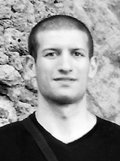 An interview with Ori Yekutiel reveals that he has a tense relationship with the world of design and questions about the future, but in the meantime he has discovered a new material. Quite by accident.Thirty-year-old Ori Yekutiel, a fresh graduate from the Department of Industrial Design at Bezalel Academy of Art and Design, is currently showing his graduation project in the exhibition ‘Post Fossil – Excavating 21st Century Creation’ at Design Museum Holon. I had a chat with him to try and understand what stands behind his project, LightStone.Four years of studying at Bezalel, what’s the first memory that comes to mind?”After two years during which I worked and lived in Spain, and a few months of traveling in the Pyrenees and the Basque Country, I came back to Israel a week before the start of the academic year. Coming back was hard, straight into a schedule and framework, I was literally in shock. I guess that because of the differences, the thing that’s most deeply etched in my mind is the opening talk at the start of my first year at Bezalel. We were all gathered on the first day there and told, without any apology: ‘You’ve got four very difficult years ahead of you’, it was a very unnerving moment, but blended with a wonderful sense of beginning. I looked around me at the people I would be spending four difficult years with and tried to guess who would become my friend, who I would be able to work with, and who I would be able to rely on. I quickly understood that I had to choose my kind of study and dynamic with regard to the rest of the people sitting there, and I came to the conclusion that I wouldn’t get very far on my own. In the course of my studies, I also learned to maintain a balance between my own and other opinions, to know when and what to take from the criticism I received”.Why industrial design?”I was interested in the psychological and human aspect of product design, our communication with objects. The way people adopt body movements and forms of expression around different products – whether it’s the way you turn your hand to see the time, or a new technology like iPhone that engenders an entirely new behavioral language. The ability to define form in words and give verbal expression to what you see fascinated me. Although even to this day I’m not entirely sure if I’m a ‘designer’, I’m in constant tension with the world of design. Love it – love it not. I create from a very material and functional place, and I play with the delicate boundaries of the art-craft-function triangle”.
An interview with Ori Yekutiel reveals that he has a tense relationship with the world of design and questions about the future, but in the meantime he has discovered a new material. Quite by accident.Thirty-year-old Ori Yekutiel, a fresh graduate from the Department of Industrial Design at Bezalel Academy of Art and Design, is currently showing his graduation project in the exhibition ‘Post Fossil – Excavating 21st Century Creation’ at Design Museum Holon. I had a chat with him to try and understand what stands behind his project, LightStone.Four years of studying at Bezalel, what’s the first memory that comes to mind?”After two years during which I worked and lived in Spain, and a few months of traveling in the Pyrenees and the Basque Country, I came back to Israel a week before the start of the academic year. Coming back was hard, straight into a schedule and framework, I was literally in shock. I guess that because of the differences, the thing that’s most deeply etched in my mind is the opening talk at the start of my first year at Bezalel. We were all gathered on the first day there and told, without any apology: ‘You’ve got four very difficult years ahead of you’, it was a very unnerving moment, but blended with a wonderful sense of beginning. I looked around me at the people I would be spending four difficult years with and tried to guess who would become my friend, who I would be able to work with, and who I would be able to rely on. I quickly understood that I had to choose my kind of study and dynamic with regard to the rest of the people sitting there, and I came to the conclusion that I wouldn’t get very far on my own. In the course of my studies, I also learned to maintain a balance between my own and other opinions, to know when and what to take from the criticism I received”.Why industrial design?”I was interested in the psychological and human aspect of product design, our communication with objects. The way people adopt body movements and forms of expression around different products – whether it’s the way you turn your hand to see the time, or a new technology like iPhone that engenders an entirely new behavioral language. The ability to define form in words and give verbal expression to what you see fascinated me. Although even to this day I’m not entirely sure if I’m a ‘designer’, I’m in constant tension with the world of design. Love it – love it not. I create from a very material and functional place, and I play with the delicate boundaries of the art-craft-function triangle”.
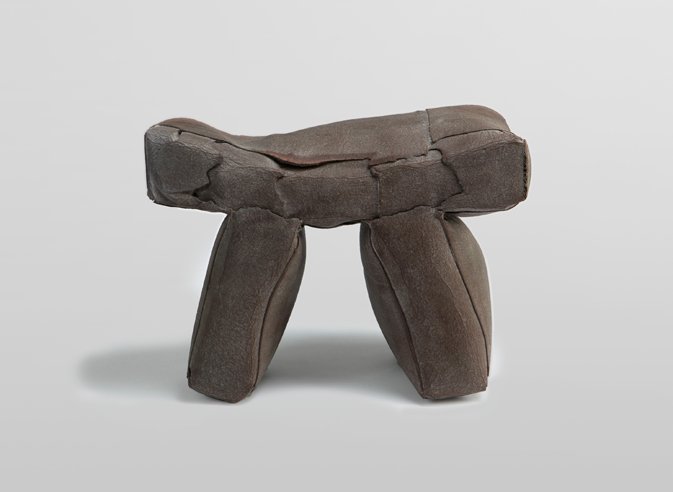
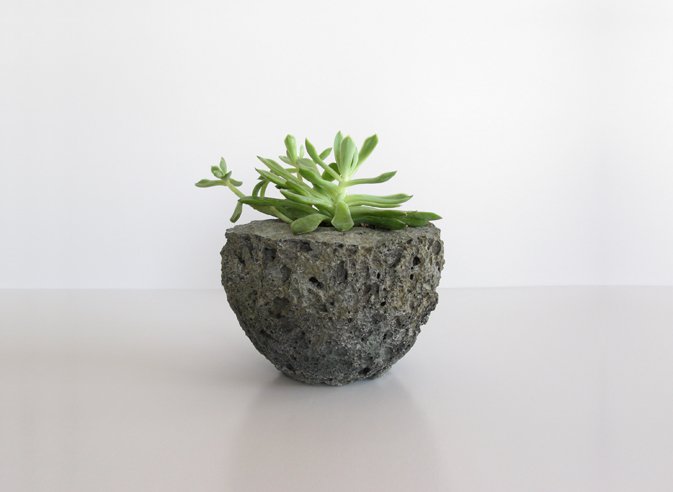
Why basalt?”I decided to focus on basalt because for me it is a material that represents Creation; it’s the only material whose creation we can actually witness and experience, the solidifying of material, a memory of time and movement, the existence of two states of matter of the same material”.How did you create the foamed basalt?”Three main types of natural rock are created in a volcanic eruption: basalt, obsidian (volcanic glass), and scoria, which is a light, porous volcanic rock. In the first stage of researching I tried to restore the material to its original liquid form and create volcanic glass. I took some scoria I’d picked up on one of my trips and tried to melt it using an acetylene burner. The material indeed melted and was transformed into a glass-like substance, but since ceramic kilns can’t reach such high temperatures, it remained a small-scale experiment to test the raw material. In the second stage I tried to attain the liquidity of the material in a different way and decided to grind the basalt and mix it with different materials in order to lower its melting point. During the experiment I made a mistake and substituted one material for another, and because of that mistake, much to my surprise, the material suddenly began to bubble and expand. The result, which looks like the original scoria rock, foamy and airy, became the heart and soul of my project. In the next stage I tried to control the material and shape it”.
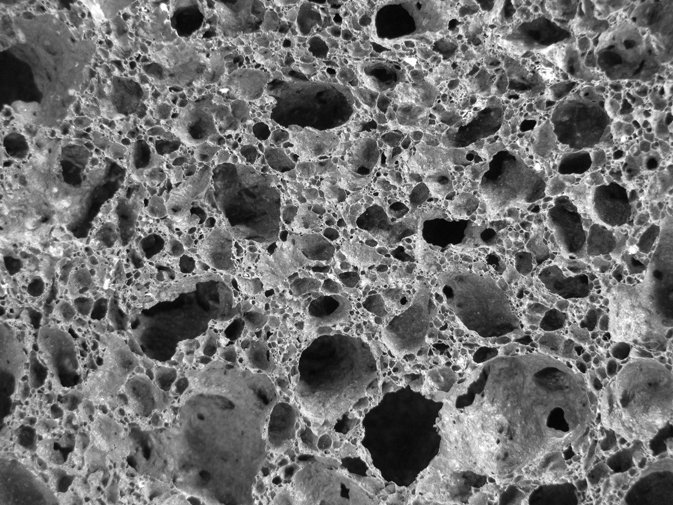
Is that possible?”I don’t have full control over the final form; although the material is put into a mould, it becomes distorted during firing. For instance, the stool displayed in the exhibition was put into a π-shaped mould that was completely geometric. The pressure from the heat in the kiln and the mould created a reverse process whereby the material expands and swells until it affects the mould and not the other way round. An unexpected and organic dialogue is conducted between the material and the mould that makes room for randomness in the product’s final design process. I found myself, deep into my graduation project after four meticulously planned years, starting to break free of the need to control everything and plan everything down to the last detail. I started to really enjoy the random, natural result”.
